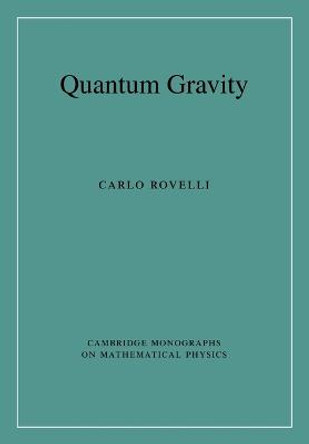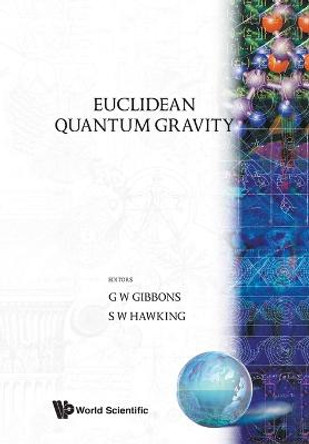The description of Nature in physics currently falls into two parts: the microscopic and the macroscopic. The microscopic world (molecules, atoms, particles) is described by quantum theory, whereas the macroscopic world (planets, stars, galaxies, universe) is ruled by a classical interaction - gravity - that is described by Einstein's theory of general relativity. This book describes in detail the attempts to unify quantum theory and relativity, which are essential to understanding the origin of the Universe and the final fate of black holes. The construction of a consistent quantum theory is among the most important open problems in fundamental physics. This book describes the motivation for constructing such a theory and presents the main approaches. These approaches include covariant quantization, canonical quantization (metric and loop approaches), and string theory. The book also covers the main applications, which include black holes and cosmology. This new edition includes updated content throughout, as well as further explorations of the holographic principle, unimodular gravity, quantum-gravitational correction terms, and possible observations, as these are topics that have experienced important developments since the last edition.
About the AuthorClaus Kiefer has been a Professor at the Institute for Theoretical Physics, University of Cologne, Germany since 2001.
ReviewsReview from previous edition The authors own work on the quantisation of black holes and collapsing dust shells is extensively presented. Overall the presentation is balanced and without any exaggerated claims for any one particular approach. * David H. Coule, University of Zurich, Contemporary Science, Nov 2014 *
Book InformationISBN 9780198842132
Author Claus KieferFormat Hardback
Page Count 448
Imprint Oxford University PressPublisher Oxford University Press




